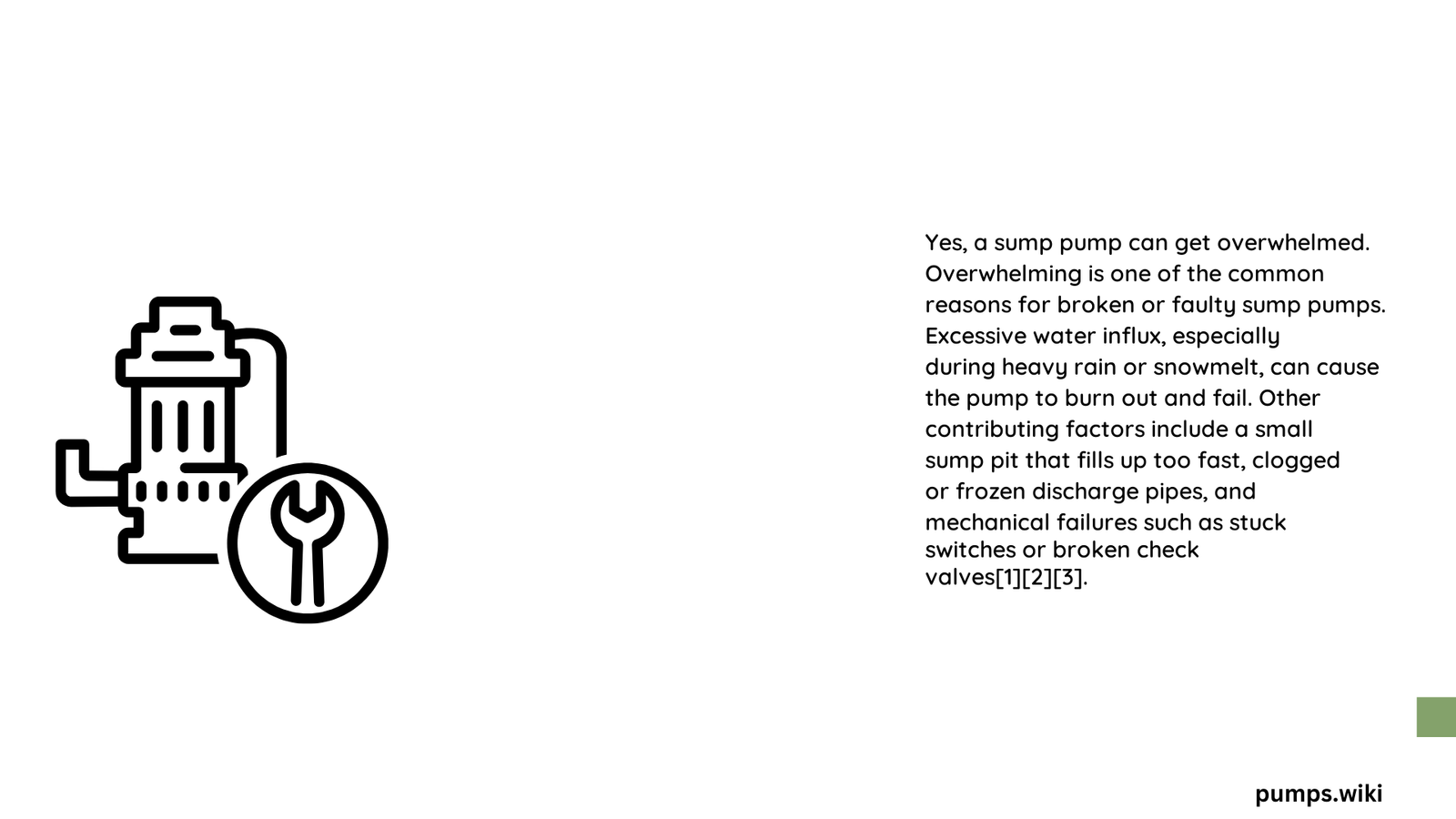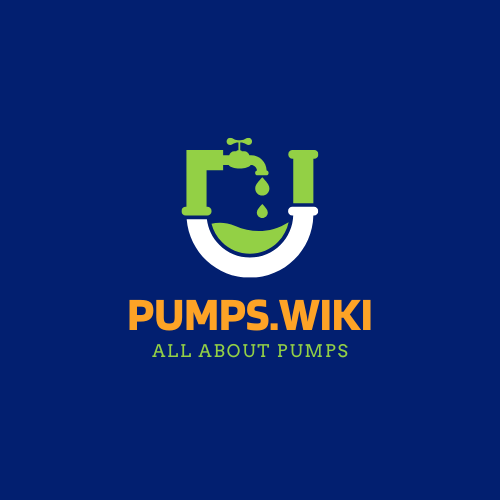Sump pumps are critical home defense systems against water intrusion, but they aren’t invincible. When water volume exceeds a pump’s capacity, overwhelming becomes a real risk. Homeowners face potential basement flooding, water damage, and costly repairs if their sump pump cannot manage extreme water influx during heavy rainfall, rapid snowmelt, or persistent groundwater conditions.
What Determines a Sump Pump’s Capacity to Handle Water?
Sump pump capacity depends on several crucial factors that determine its ability to prevent overwhelming:
How Much Water Can a Typical Sump Pump Handle?
| Pump Horsepower | Gallons Per Minute | Vertical Lift | Horizontal Distance |
|---|---|---|---|
| 1/3 HP | 20-30 GPM | Up to 10 feet | Up to 25 feet |
| 1/2 HP | 40-50 GPM | Up to 15 feet | Up to 150 feet |
| 3/4-1 HP | 60-75 GPM | Up to 30 feet | Up to 250 feet |
What Causes a Sump Pump to Become Overwhelmed?
Several critical factors contribute to sump pump overwhelm:
- Insufficient Pump Capacity
- Undersized pump for home’s water volume
- Inadequate horsepower rating
-
Narrow discharge pipes
-
External Water Pressure
- Extreme rainfall events
- Rapid snowmelt
- High water table
-
Poor drainage around foundation
-
Mechanical Limitations
- Aging pump components
- Lack of regular maintenance
- Electrical system failures
- Blocked or damaged discharge lines
What Are the Warning Signs of Potential Sump Pump Overwhelm?
Homeowners should watch for these critical indicators:
- Continuous pump cycling
- Water level rising above pump’s shutoff point
- Unusual grinding or gurgling sounds
- Visible water seepage despite pump operation
- Frequent power interruptions during storms
How to Calculate Your Sump Pump’s Required Capacity?
Calculation Method:
1. Measure water rise in sump pit during heavy rainfall
2. Calculate gallons per minute
3. Multiply by 60 to determine hourly volume
4. Apply a 1.5 safety factor
Example Calculation:
– 12-inch water rise in 18-inch diameter basin
– 12 gallons per minute
– 12 × 60 = 720 gallons per hour
– 720 × 1.5 = 1,080 GPH required capacity
What Preventive Measures Can Protect Against Sump Pump Overwhelm?
- Install a higher-capacity pump
- Use battery backup systems
- Implement secondary/backup pump
- Regular maintenance and inspection
- Improve exterior drainage
- Consider water-powered backup pumps
When Should You Replace Your Sump Pump?
Replace your sump pump if:
– It’s over 7-10 years old
– Shows signs of consistent strain
– Experiences frequent cycling
– Makes unusual noises
– Fails to remove water efficiently
Expert Recommendations

Professional plumbers recommend:
– Annual professional inspection
– Testing pump functionality quarterly
– Cleaning sump pit regularly
– Ensuring proper discharge line installation
– Investing in advanced monitoring systems
Final Thoughts
Understanding your sump pump’s limitations and proactively managing its performance can prevent catastrophic water damage. Regular maintenance, strategic upgrades, and awareness of warning signs are key to protecting your home.
